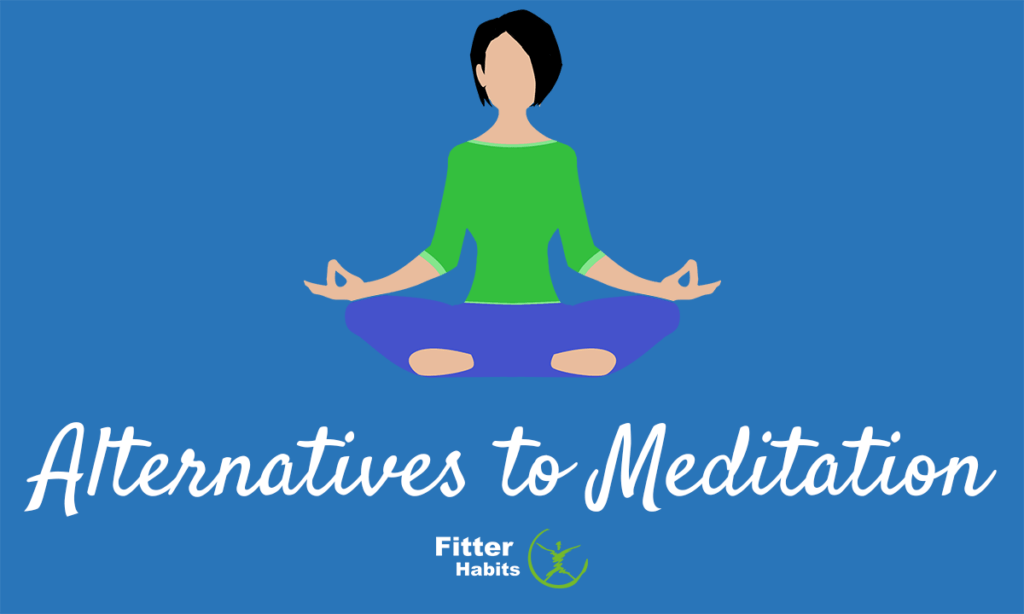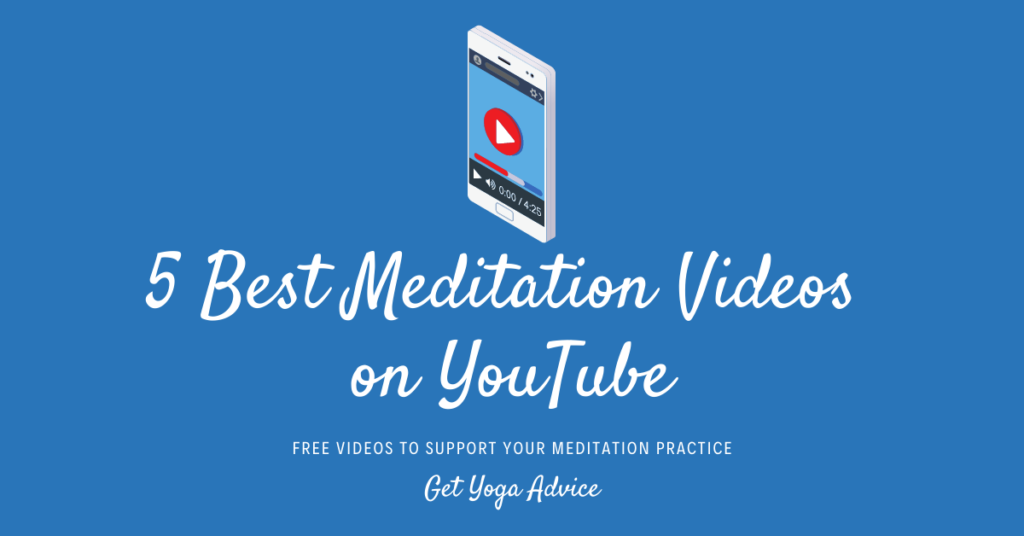Are you looking for alternatives to meditation? Read this guide and discover 8 great alternatives to traditional meditation.
Meditation is life-changing for many people, but others struggle to reach a deep meditative state due to physical restlessness and intrusive thoughts. Fortunately, you can build many of the skills you need for traditional meditation, and benefit from many of its positive effects, through other activities that don’t require sitting still.
Contents
Making Any Activity Meditative
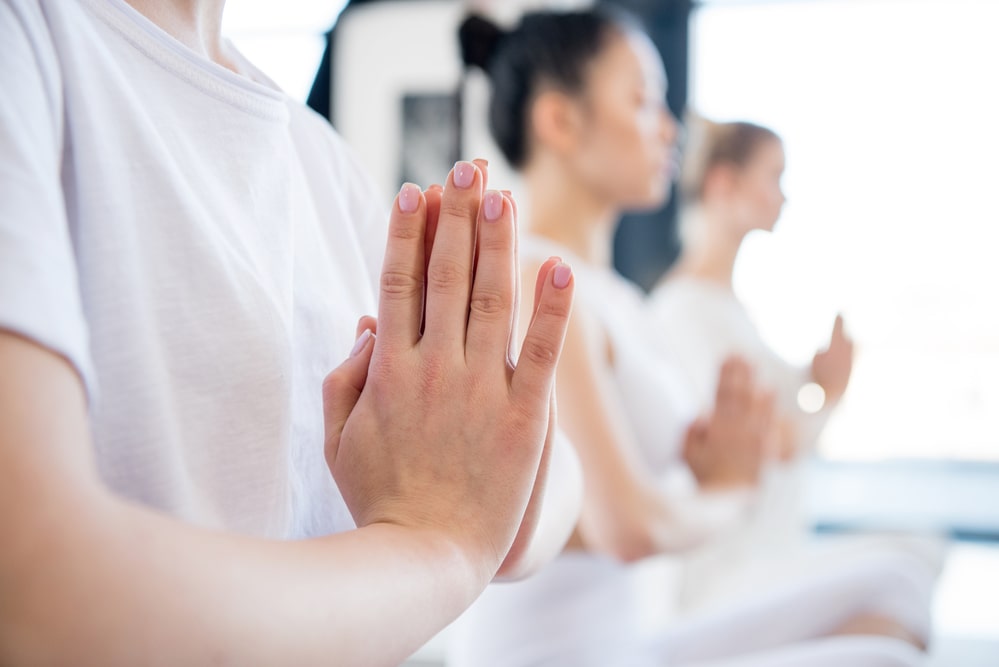
There are many types of meditation, and it can seem complicated, but the key elements of meditation are simple to identify and integrate into other parts of your life. For example:
- Mindfulness — Focus on what you are doing. If a physical or mental distraction arises, acknowledge the distraction and then let it go. If you’re struggling, try this visualization: imagine that the itch on your nose or the intrusive thought is a leaf that the wind has blown into the palm of your hand. Rather than holding on to it, notice it, and then release the leaf into a stream that will carry it away.
- Breathing — Breathe slowly and deeply. Be aware of the physical sensation of breathing. Experiment with breathing exercises, such as holding your breath briefly both after the inhale and after the exhale. Use deep breathing to lower your heart rate, calm your parasympathetic nervous system, and create a sense of wellness.
- Relaxation — Regardless of the position you are in, deliberately relax as much of your body as possible. Once you have relaxed, search for the parts of your body that are still tense and try to relax those parts. Wiggle your body if that helps you unclench tight muscles. If you are still tense, try a Yoga Nidra technique, moving through your body one muscle at a time, starting with your toes, relaxing each one.
Integrating these techniques into nearly any activity will make the experience meditative. For example, Thich Nhat Hahn described the joyful experience of washing dishes mindfully, “Once you are standing in front of the sink with your sleeves rolled up and your hands in the warm water, it is really quite pleasant. I enjoy taking my time with each dish, being fully aware of the dish, the water, and each movement of my hands. I know that if I hurry in order to be able to finish so I can sit down sooner and eat dessert or enjoy a cup of tea, the time of washing dishes will be unpleasant and not worth living. That would be a pity, for each minute, each second of life is a miracle. The dishes themselves and the fact that I am here washing them are miracles!”
There are countless activities that can be transformed into meditative experiences. Here are eight you can try right now.
Eight Alternatives to Traditional Meditation
1. Walking
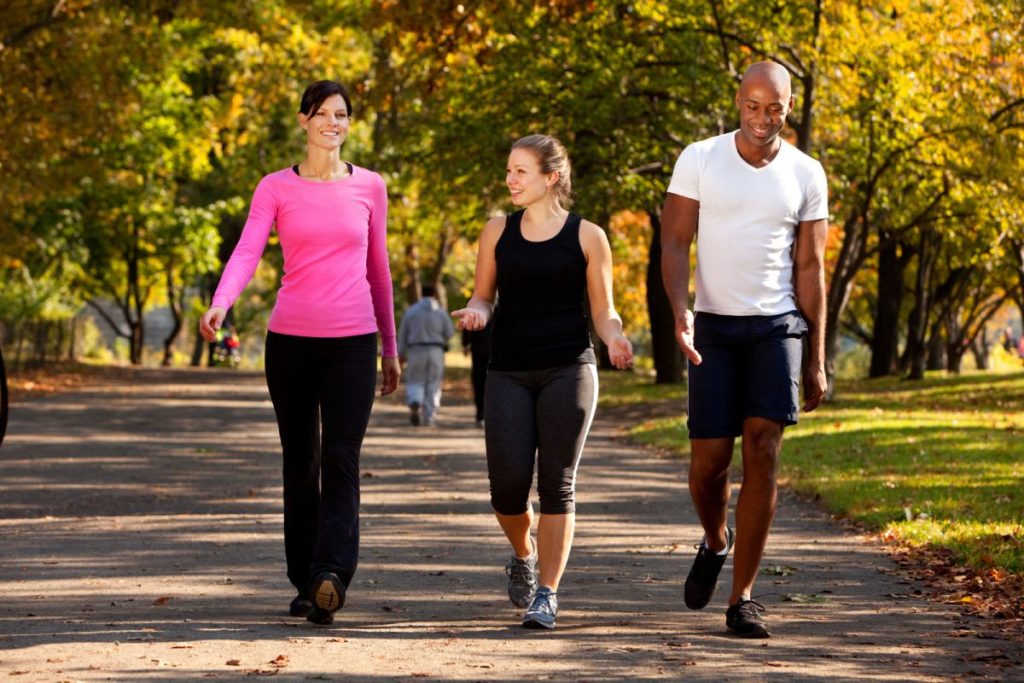
Walking meditation is one of the most traditional mindfulness practices. However, the way we walk ordinarily is not meditative. Most of the time we are entirely unaware of the experience of walking, focusing instead on our destination, our phones, and the distractions around us.
Instead, walk with calm, quiet movement, taking each step gently. Notice the way each part of your foot feels as it makes contact with the ground. If you have a safe place to do so, consider walking barefoot or in flat, thin-soled shoes, to feel truly rooted to the earth with each step. Look at the ground ahead of you with a soft, undistracted gaze. Notice the relationship between your steps and your breath. If your state of mind is unfocused, count your steps and let go of everything else.
2. Exercise
It is no coincidence that a lot of people who practice yoga experience their first deep meditative state in savasana, after a yoga class. Exercise contributes to a sense of well-being because your body releases endorphins that have an effect on the body similar to morphine. Also, physical exhaustion can help you physically and mentally relax, and therefore help you reach a deeper meditative state.
However, exercise, if done right, can itself be meditative. Sometimes athletes refer to a meditative exercise experience as being “in flow.” Yoga is a great example, because the movements are coordinated with the breath. However, other forms of exercise can work just as well for mindfulness meditation.
Swimming is a great example. The rhythmic quality, the feeling of weightlessness, the breath control, and the closed eyes can all contribute to a meditative flow state. Running also works for some people. Even weight-lifting, done well, can involve a lot of mindfulness and breath control.
3. Floating
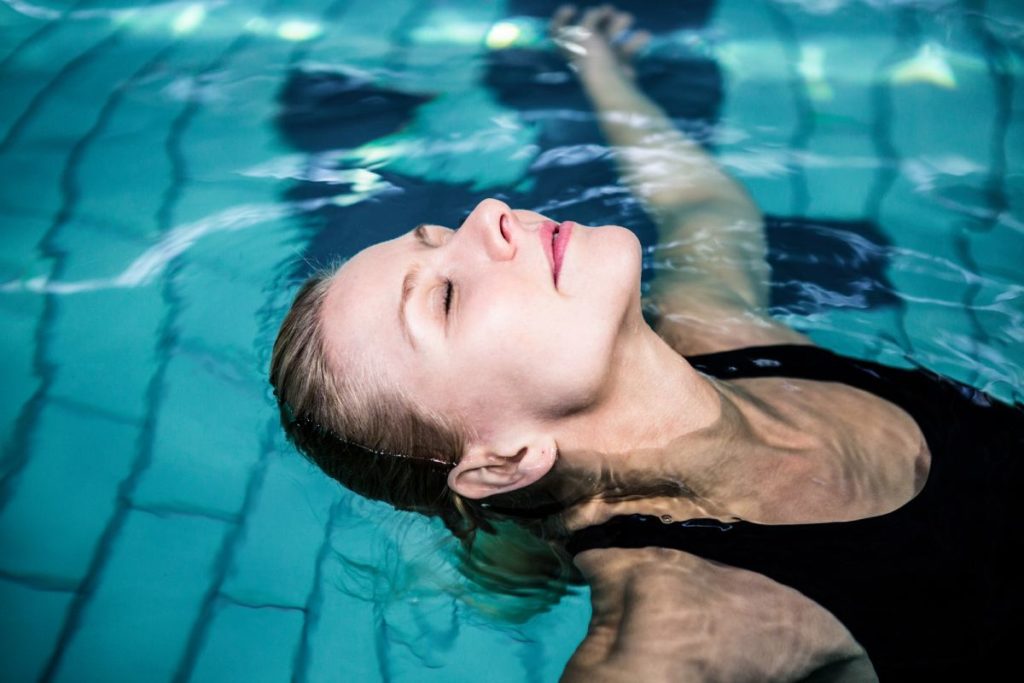
Deepak Chopra wrote that a sensation of weightlessness during meditation is “a glimpse of your non-local awareness or higher self. That momentary presence of expansion and transcendence is normal and indicates correct meditation.” So it is only natural that activities that give you a sense of weightlessness are naturally suited to a meditation practice.
Experienced scuba divers, for example, often achieve a deep meditative state while diving due to the combination of attention to breathing, mindfulness, relaxation, and weightlessness. However, you can create a similar experience without planning a tropical vacation.
Soaking in a deep, hot bath, perhaps with bubble bath, Epson salt, or essential oils, is the most conventional example of self-care. Submerging yourself in a hot tub, swimming pool, lake, or river is even better, as those give you enough space to really float. You could even try a visit to a Float Pod (sensory deprivation chamber) for a more intense experience.
4. Gardening
Gardening may look like labor, but gardeners know it is truly a meditative experience. Research shows that spending time with plants helps people cope with psychological and physical stress, as well as reducing blood pressure, pain and anxiety. Working with plants also helps you build concentration and attention, important skills for meditation, and makes you happier and more productive. Plus, if you grow flowers, neuroscientists have confirmed that aromatherapy has a positive impact on mood, physiology, and behavior.
While gardening, focus on the sensory aspects of the present moment: the tenderness of the plants, the richness of the soil, the smell of fresh air. Even yard work activities that are considered a chore are transformed by a Zen mindset. Digging or raking because you have no choice is a very different experience from digging or raking mindfully, like Thich Nhat Hahn washes the dishes. You can check out this New York Times guide to mindful gardening for more tips.
5. Sex
Westerners often misunderstand tantra as being mostly about sex, when it is much broader. Still, is undeniable that when done right sex can be one of the few genuinely meditative experiences you can engage in with another person.
Focus all of your attention on your beloved. Take it slow. Trade full body massages with coconut oil to achieve deep physical relaxation. Move deliberately, gracefully. Pay attention to your breathing.
Many people report that meditation/mindfulness (both during and apart from sex) improves their sex lives. For example, this Glamour article on using meditation to improve sex may be of interest.
6. Cleaning

The idea of meditating while doing chores may seem strange, but meditative cleaning isn’t limited to washing dishes. When you sweep the house, you may do a poor job in an attempt to get the task over with more quickly, leaving dust bunnies under the bed and cobwebs in the corners. If you give sweeping your full attention, you may find you do a better job and take more pleasure in the task.
This sort of mindfulness meditation is a virtuous cycle. When your living space is clean and organized, your life will feel less chaotic. That will contribute to a generally more relaxed experience and better meditation.
7. Art
Few professions are more interested in achieving a flow state than artists. Painters, creative writers, and craftspeople alike all prize the state of flow, in which are so focused and relaxed that it feels like their inspiration is being delivered by a muse, rather than resulting from deliberate thought.
You don’t have to be a trained artist, or a talented one, to use art meditatively. Even something as simple as coloring in a coloring book can be extremely meditative. Journaling can help you reach a flow state, or try an automatic writing exercise, just keep the pen moving even if you are writing gibberish.
If you are uncomfortable creating art, try viewing it. Take a trip to a museum, public mural or sculpture. Pick an interesting piece of art, and focus on it for an extended period of time, being mindful of your posture and breathing. You may find yourself transported.
8. Guided Meditation

While most meditation requires putting down your phone, there are ways to use technology to help you learn to meditate when traditional transcendental meditation just isn’t working for you. If you find it harder to meditate alone than when you are in Savasana, with the verbal guidance of a yoga teacher, an app may be just what you need to achieve deeper daily meditation.
A variety of apps are available that provide access to recorded guided meditations. For example, Insight Timer has more than 90k guided meditations, as well as a meditation timer with a variety of white noise and chime options.
The Final Word on Alternatives to Meditation
Nearly any activity can be meditative, so long as it doesn’t involve interacting with other people or with screens. By finding a flow state, transforming ordinary activities into meditative experiences, you can train your brain to meditate and integrate the benefits of meditation into your daily life.

